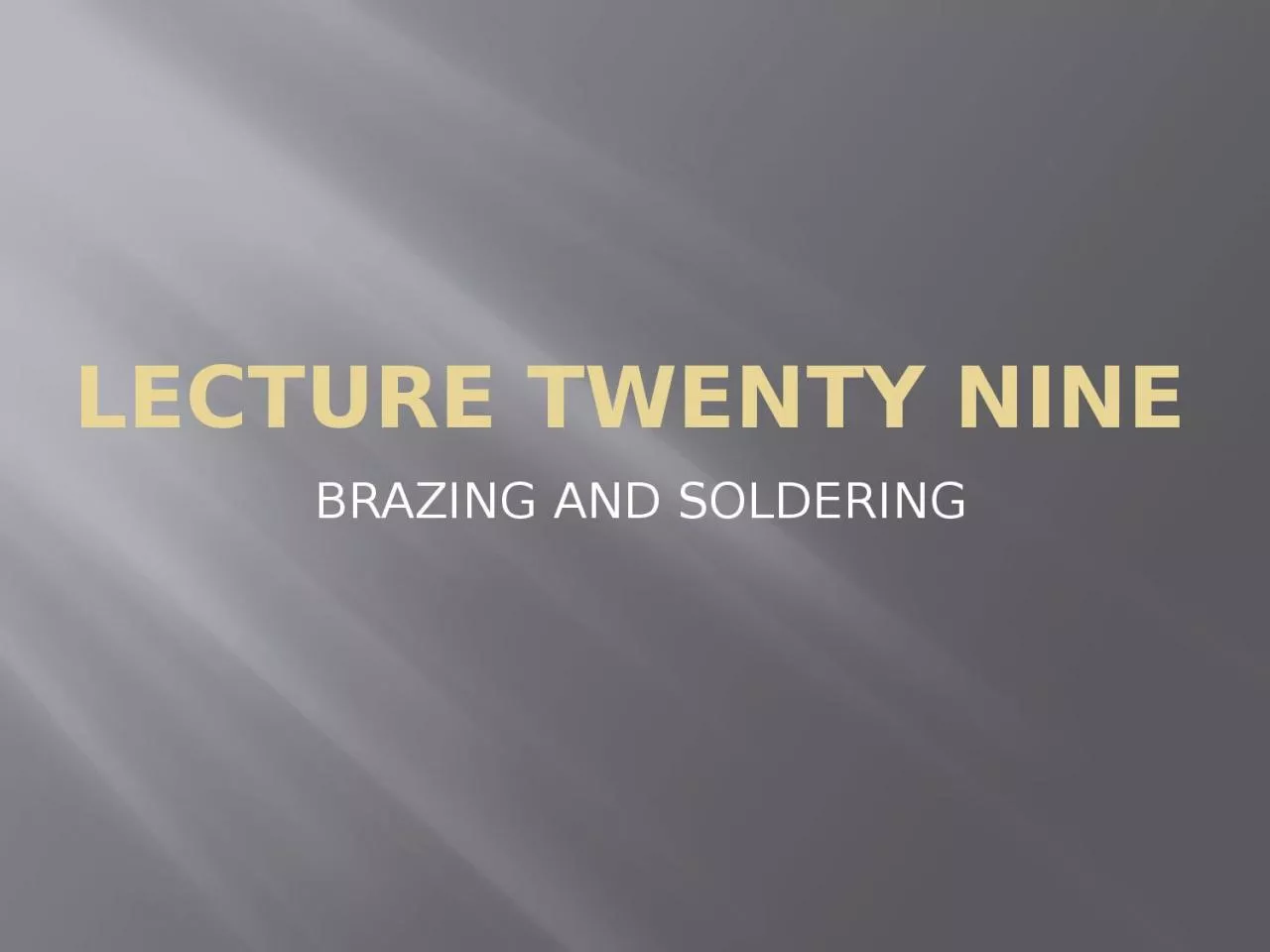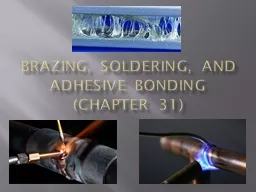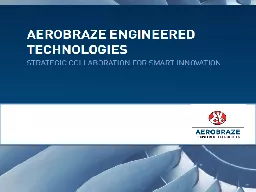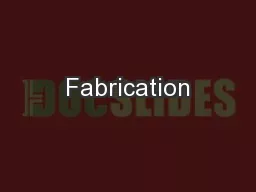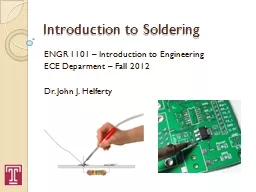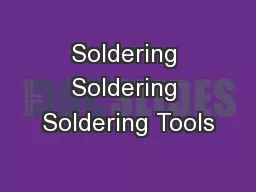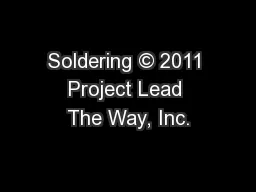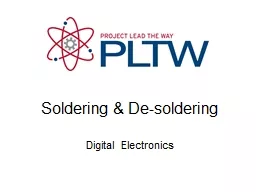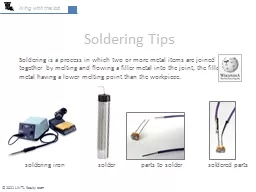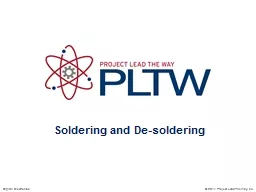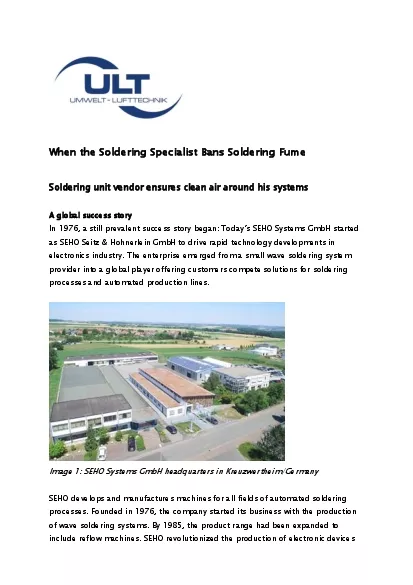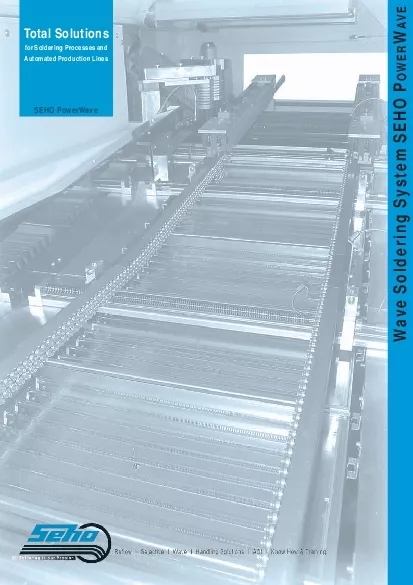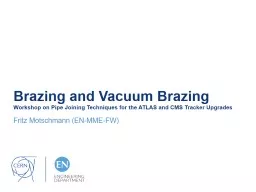PPT-LECTURE TWENTY NINE BRAZING AND SOLDERING
Author : emery | Published Date : 2024-03-13
BRAZING Brazing is a joining process in which a filler metal is melted and distributed by capillary action between the faying surfaces of the metal parts being joined
Presentation Embed Code
Download Presentation
Download Presentation The PPT/PDF document "LECTURE TWENTY NINE BRAZING AND SOLDERIN..." is the property of its rightful owner. Permission is granted to download and print the materials on this website for personal, non-commercial use only, and to display it on your personal computer provided you do not modify the materials and that you retain all copyright notices contained in the materials. By downloading content from our website, you accept the terms of this agreement.
LECTURE TWENTY NINE BRAZING AND SOLDERING: Transcript
Download Rules Of Document
"LECTURE TWENTY NINE BRAZING AND SOLDERING"The content belongs to its owner. You may download and print it for personal use, without modification, and keep all copyright notices. By downloading, you agree to these terms.
Related Documents

